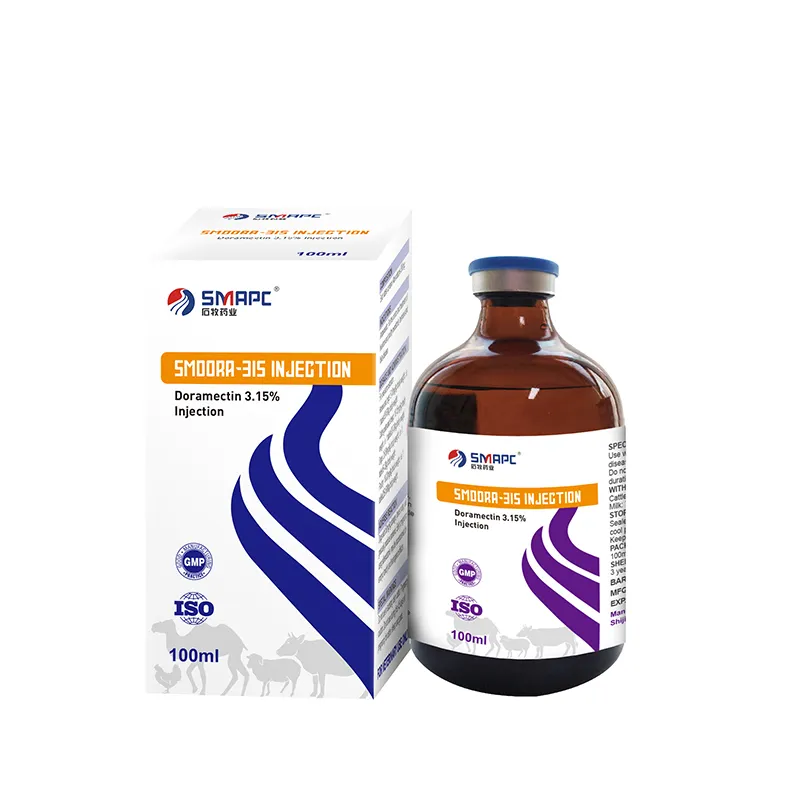5. Vitamin C and E These antioxidants play a vital role in reducing inflammation and promoting overall joint health. Vitamin C is essential for collagen production, which is a structural component of cartilage. Vitamin E can also help protect joint tissues from oxidative damage.










